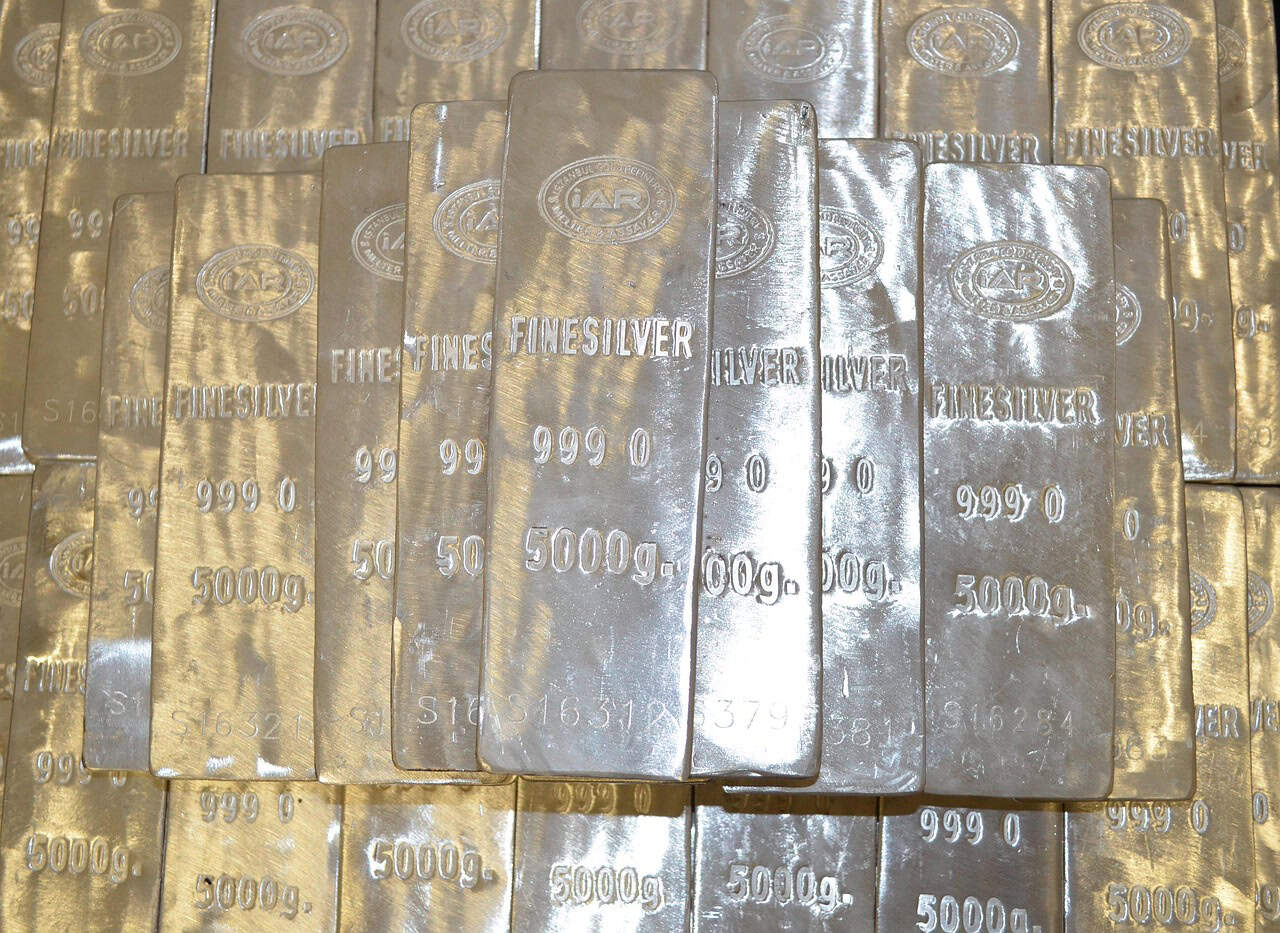Silver has long been a reliable way for people who want durable wealth to diversify beyond fiat currency and stocks. This article lays out practical steps and mental models for building long-term wealth through various silver assets, mixing plain talk with a touch of technical detail.
Why Silver Matters for Long-Term Wealth
Silver carries a dual character: it is both an industrial commodity and a precious metal with monetary history. That split gives it upside when industrial demand grows and downside protection when paper markets wobble, offering a hedge that sits between gold and base metals.
Many investors prize silver because units are affordable and divisible, letting small savers accumulate real metal over time. If you’re considering diversifying your holdings, exploring a trusted silver exchange can be a practical step toward accessing verified silver assets and transparent pricing.
The metal’s role in electronics, solar panels, and medicine adds demand streams that can support price appreciation beyond speculative flows.
Understanding Silver’s Roles: Currency, Commodity, and Store of Value
Historically, silver functioned as money in many cultures, which creates a psychological floor in times of monetary stress. That legacy makes it more than a shiny industrial input; it can be a refuge when confidence in a currency erodes.
At the same time, silver is widely used in real-world manufacturing, so its price reacts to business cycles and technological shifts. Owning silver exposes an investor to both macroeconomic swings and concrete product demand, a useful mix for long-term positions.
Forms of Silver to Own: Physical Coins, Bars, ETFs and Stocks

Physical silver comes in coins and bars, which you can hold in hand and store in a home safe or deposit box. Coins often carry higher premiums but add liquidity and recognizability, while bars usually deliver lower cost per ounce.
Paper and digital options include exchange-traded funds that track metal prices and shares in mining firms that aim to mine profitably. Each vehicle brings tradeoffs: direct metal equals physical possession, while paper assets offer ease of trading and lower storage hassle.
How to Buy Physical Silver Safely
When buying physical metal, prefer reputable dealers with transparent pricing, clear bills of sale, and verifiable inventory. Local coin shops, bullion dealers, and established online vendors all have places in the market; compare spreads and customer reviews before purchasing.
Track serial numbers for larger bars and request assay certificates for non-standard items to avoid counterfeits. Carry receipts and maintain a purchase log; those small steps reduce future headaches and help if a sale or audit arises.
Paper and Digital Silver: ETFs, Certificates, and Futures
Silver ETFs let investors gain exposure without touching metal, and that ease can be useful for taxable accounts or trading platforms. Pick funds with clear custody arrangements and a record of faithfully tracking spot prices rather than complex derivatives.
Futures and certificates can amplify returns and risks through leverage, which can be profitable but also quick to erode capital during sharp moves. Reserve those instruments for experienced traders who can dedicate time to monitoring positions and margin calls.
Storage, Insurance, and Security Practices
Decide where physical metal will sit: a home safe, a bank safe deposit box, or a professional vault. Each location has tradeoffs in access, privacy, cost, and risk; matching storage to personal circumstances reduces stress and keeps the metal secure.
Insure holdings against theft and loss, and document the policy carefully so claims process cleanly if needed. Labeling and inventory protocols help heirs or executors locate assets, smoothing transfer across generations without drama.
Taxation and Legal Considerations
Tax rules for precious metals differ by jurisdiction, so understand capital gains treatment, collectible tax rates, and reporting requirements. Some jurisdictions tax physical bullion at different rates than paper instruments, which affects net returns at sale.
Keep meticulous records of purchase price, date, and ownership chain to support tax claims and audits. Consult a tax advisor who knows local rules for precious metal transactions before making large purchases or sales.
Portfolio Allocation and Risk Management
Treat silver as a complement to cash, bonds, and equities rather than a replacement for all other holdings. A modest allocation can reduce volatility and serve as a hedge against currency devaluation, while an oversized allocation can drag performance during prolonged equity rallies.
Rebalance periodically so that exposures match long-term risk targets, and avoid chasing short-term rallies with large purchases. Dollar-cost averaging over months or years lowers timing risk and fits well with steady accumulation goals.
Timing, Market Signals, and Patience
Price swings in silver can be sharp, driven by macro headlines, supply disruptions, or shifts in investor sentiment. Observe indicators like industrial demand trends, mine supply data, and central bank policies to form a view without becoming captive to every headline.
Patience pays off because wealth built with metal compounds through disciplined accumulation and occasional opportunistic buys. Keep a long horizon and resist rapid reactions to news cycles that often produce noise rather than signal.
Working with Dealers, Brokers, and Custodians
Pick partners who publish clear policies on consignment, buyback, and quality standards, and who have a track record of transparent transactions. A healthy relationship with a trusted dealer makes it easier to liquidate positions when cash is needed or markets turn choppy.
When using custodial services or ETFs, verify that trusts or custodians segregate client holdings and publish audit statements. A trustworthy infrastructure cuts counterparty risk and reduces the chance that paper claims will diverge from actual metal availability.
Building a Multi-Generational Silver Position
If the goal is to hand wealth across generations, implement legal structures that support smooth transfer, such as wills, trusts, or family agreements. Clear documentation of what exists, where it sits, and how heirs access it avoids costly disputes and time-consuming searches.
Teach successors why the position exists and how to manage it; a physical metal cache without shared knowledge can become a lost asset. Small, recurring purchases paired with good record-keeping let an estate grow naturally, giving heirs a durable financial buffer.
Practical Steps to Start Today
Begin by defining a target allocation that aligns with cash needs, spending plans, and risk tolerance, then set up a purchase schedule that fits net income flows. Open an account with a reputable dealer or ETF sponsor, make initial buys, and create a simple inventory document to track holdings.
Review holdings annually to confirm alignment with financial goals and legal rules, and adjust as life events or markets shift. With steady action, a well-structured silver position can form a reliable strand of a broader wealth-building tapestry that rewards patience and prudence.






